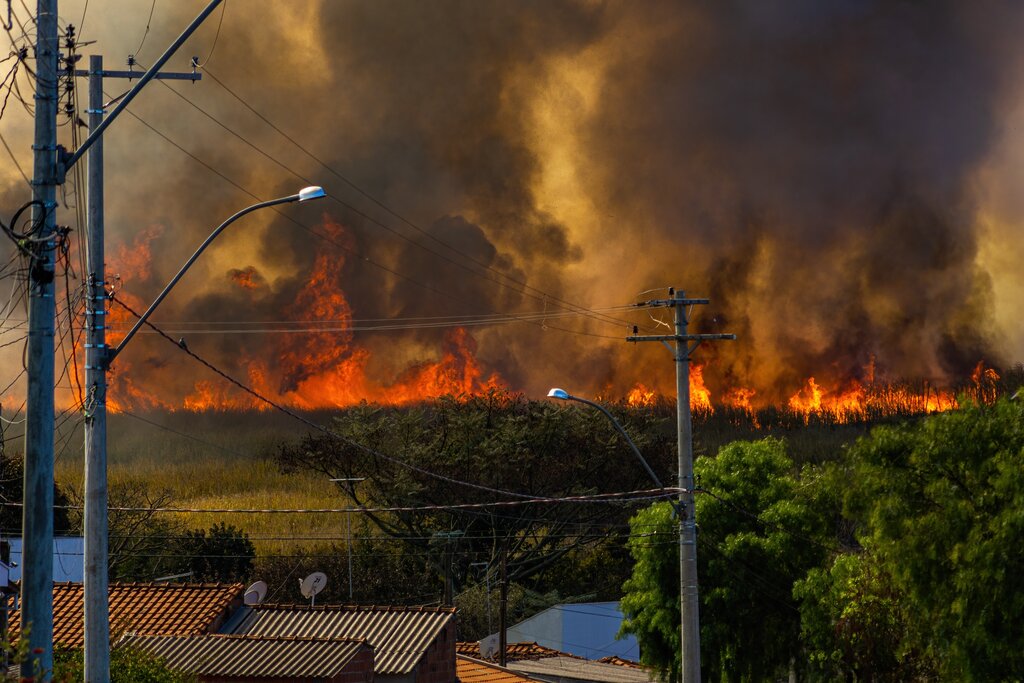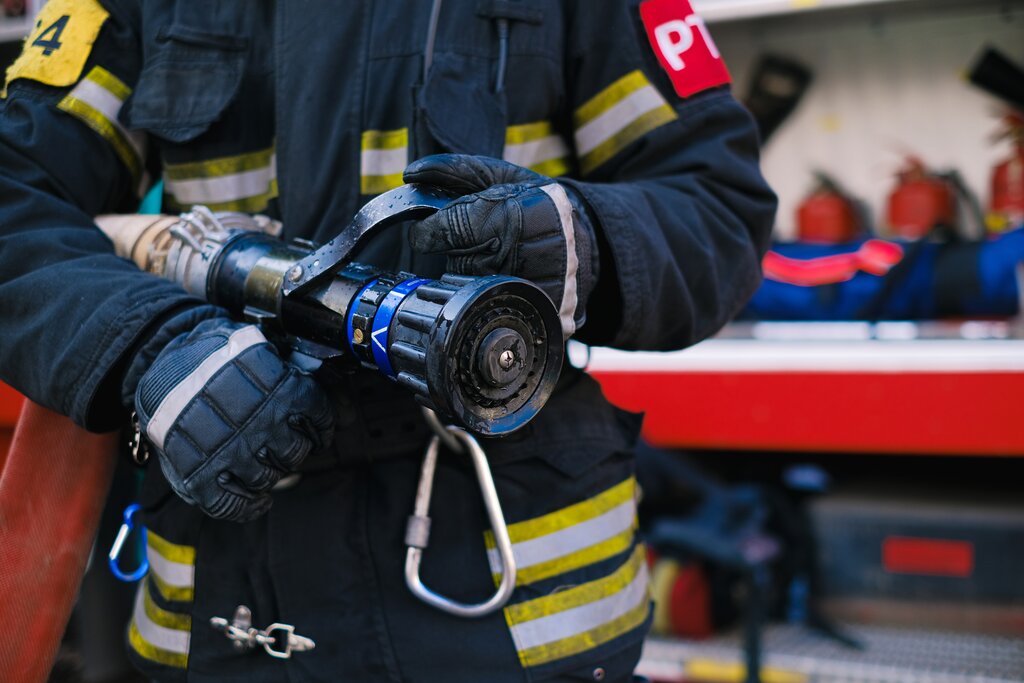High Risk of Wildfire
Sparks Forest Closures
If your summer vacation plans include camping, hiking or otherwise utilizing some of Arizona’s majestic national forests, you’d better have a Plan B.
As of May 23, several of these national treasures will be closed, as authorities attempt to prevent wildfires during a critically dangerous time of year.
Wildfire Risk: High
Arizona is already in the grip of destructive wildfires. For instance, the Viewpoint wildfire near Chino Valley recently burned more than 5,600 acres, including two homes and 12 structures, before it was fully contained. And the Tinder Fire, which started in April in Coconino County, forced the evacuation of 1000 homes within the area. That fire has burned more than 16,000 acres and destroyed 87 structures.
Forestry officials have determined that both wildfires were human-caused.
Both Arizona and neighboring New Mexico have been particularly drought-stricken in the last several years. As a result, campfire bans and other restrictions are in effect at national forests in the two states.
Affected Areas
So be sure to check before you visit, as your favorite site may be closed. The links below provide details and maps regarding both closures and fire restrictions in the Arizona forests.
Coconino National Forest (Note: Coconino forestry officials said people with permits to Fossil Creek during the closure will be refunded and will need to reschedule their trips, and apply for a new permit, once the closures are lifted.)
Apache-Sitgreaves National Forest
Impact to Residents
While forest closures in Arizona might result in fewer visitors to the towns within the mountains, many residents are supportive.
“I’m sure there’s some impact there, but I think we’re better off to have a little bit of impact than have our town burn down up here,” said Ed Muder, manager for the city of Show Low in the Apache-Sitgreaves area. The region includes many campgrounds and lakes, which serve as summer havens for residents of Phoenix and other desert cities.
The Kaibab closure is intended to protect the watershed for Williams, a northern Arizona city that’s a jumping-off point for many visitors to Grand Canyon National Park. While the closure may affect some local residents, Mayor John Moore believes the town will still see enough tourist activity to get by.
“That particular area is critical because it’s our watershed, so we try to protect it,” Moore said.
“People often hear `forest closure’ but don’t often realize all the implications of that.” — Jackie Banks, Kaibab National Forest
Forest officials said the last full closures of the Apache-Sitgreaves and Kaibab forests were in 2002, while the adjacent Coconino National Forest last had a full closure in 2006.
What Closures Mean
 Once closures are in effect, “people wouldn’t be able to hike, they wouldn’t be able to fish, they wouldn’t be able to use their OHVs (off-highway vehicles), they wouldn’t be able to enter the area.” That’s according to Apache-Sitgreaves spokesperson Lisa Simmons.
Once closures are in effect, “people wouldn’t be able to hike, they wouldn’t be able to fish, they wouldn’t be able to use their OHVs (off-highway vehicles), they wouldn’t be able to enter the area.” That’s according to Apache-Sitgreaves spokesperson Lisa Simmons.
And when forests are closed, projects such as forest thinning are also halted. Forest thinning is intended to reduce the risk of devastating wildfires. But during drought conditions, sparks from heavy equipment and chainsaws could start a wildfire, and the risk is just too great.
So during periods of closure USFS staff shift gears and spend most of their time enforcing the closure orders.
“That means no entry, people cannot enter the forest,” according to Jackie Banks of the Kaibab National Forest. “People often hear `forest closure’ but don’t often realize all the implications of that.”
You Don’t Wanna Go There
For instance, violating fire restrictions or closures is punishable as a Class B misdemeanor. Fines and punishments are determined by a federal court judge. And the federal court appearance is mandatory.
A Class B misdemeanor carries a fine of up to $5,000 for an individual (or $10,000 for an organization), or imprisonment of up to six months, or both.
Yeah……better have a Plan B.
Sources:
Featured Image: Pixabay




